On June 12, Air India Flight 171, a Boeing 787-8 Dreamliner, took off from Ahmedabad’s Sardar Vallabhbhai Patel International Airport at 1:39 p.m. bound for London Gatwick. Within 32 seconds of takeoff, the brand-new 787 crashed into a medical dormitory near the airport, killing all 242 passengers and crew on board and 19 people on the ground. The tragic accident killed all 241 people on board, with the sole survivor, a British-Indian male seated in row 11A. It was the first fatal crash involving a Boeing 787 since its commercial debut in 2011.

The Aircraft Accidents Investigation Branch (AAIB) investigation report was released last night (11 Jul 2015). It points to a number of possibilities, with questions still being raised about what happened on the crashed flight based on data collected from the wreckage of the plane's black box (Enhanced Airborne Flight Recorder (EAFR), commonly referred to as the black box).
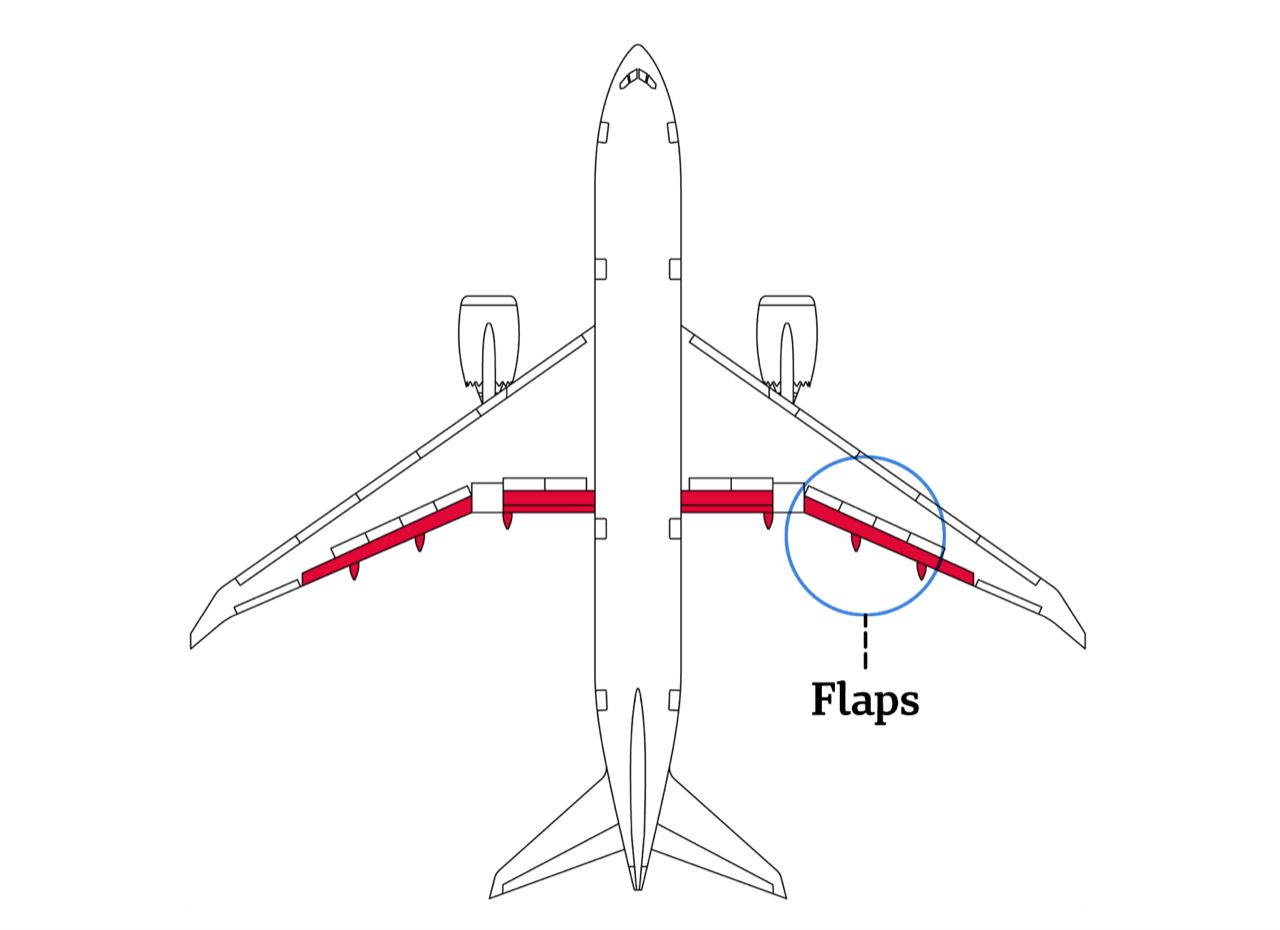
Flight 171 took off normally. The 787 Dreamliner accelerated to 153 knots, or about 283 kilometers per hour, and then the pilots accelerated to a maximum speed of 180 knots, or about 333 kilometers per hour. The aircraft continued to climb as expected. The flap setting was recorded at five degrees, and the landing gear lever remained in the"down" position, which is standard takeoff procedure.
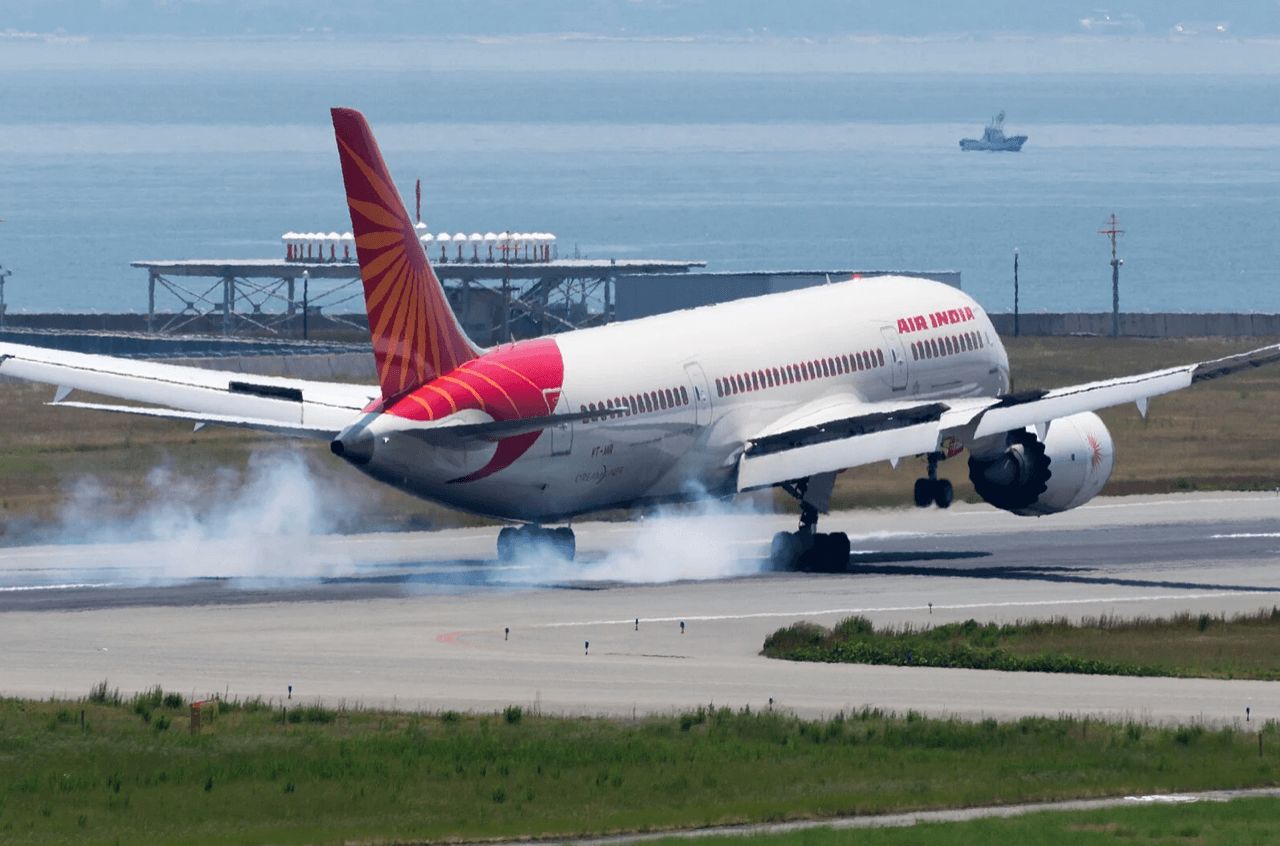
The weather was clear, with good visibility and light wind. Within seconds, the fuel switch for engine 1 and engine 2 was changed from the"RUN" to "CUTOFF" position. Within a second, NDTV, which is based on data from the black box or flight data recorder, detected that the engines shut down after the fuel switch was switched off, preventing fuel from being delivered to the engines which were in full throttle state.
This is the investigation report by the Aircraft Accidents Investigation Branch (AAIB), which was released last night. Was the fuel switch being switched off during takeoff a misunderstanding by the pilots, or external factors beyond the pilots' control?
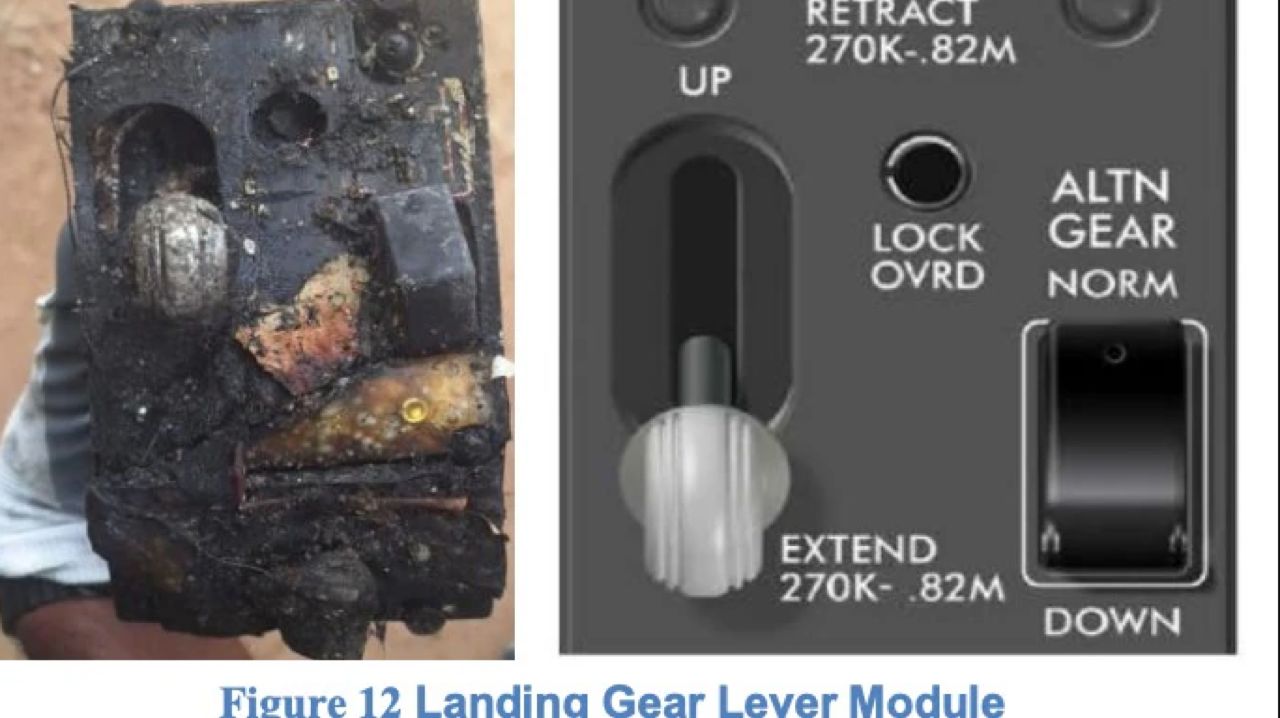
The fuel control switches on the Boeing 787 are not your run-of-the-mill switches. They are the critical components that keep the 787 in the air. Each switch has a track to prevent accidental contact. To move the switch from"RUN" to "CUTOFF," the pilot must lift and slide the switch down. This design minimizes the risk of accidentally touching a critical switch, such as touching it during flight. The switches for Engine 1 and Engine 2 are spaced about two to three inches apart, making it unlikely that both could accidentally move at the same time.
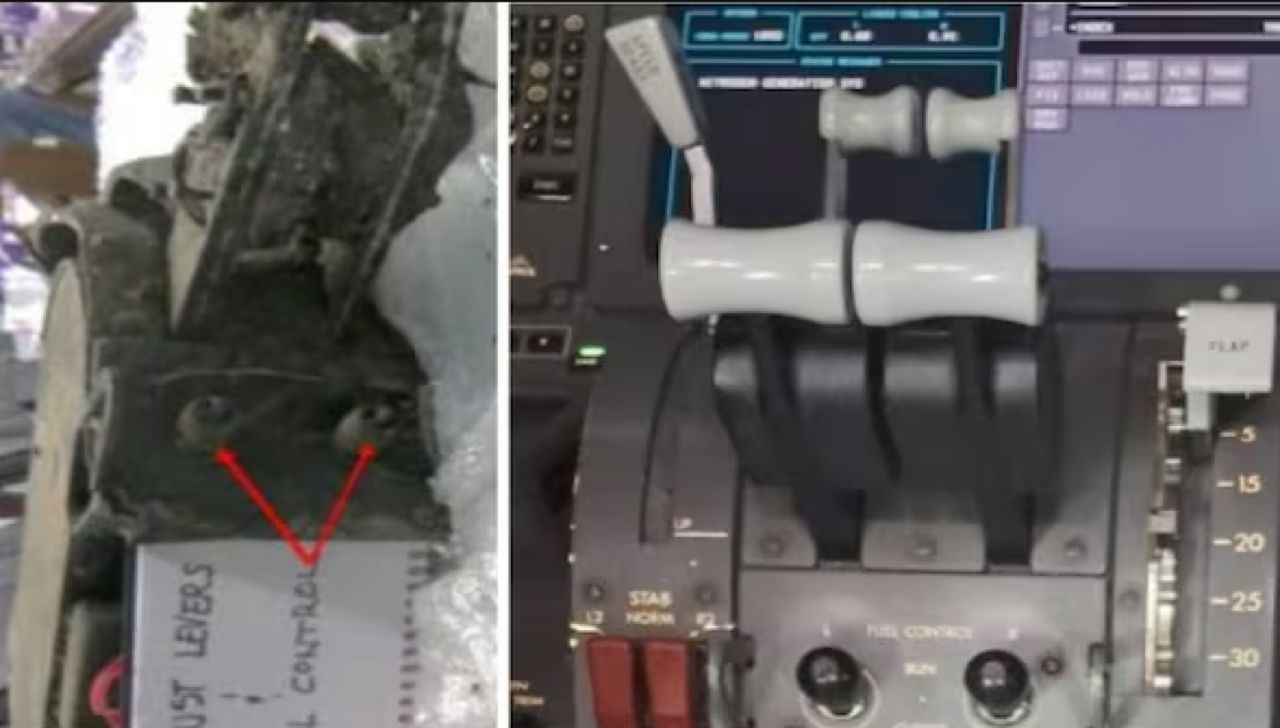
However, the data confirms that both were switched to"CUTOFF" within one second! Pilot Response As thrust decreased, the 787's altitude began to decrease. The black box indicates that the pilot attempted to move both fuel control switches back to the"RUN" position. This action was performed approximately 10 seconds after the first fuel switch cut to restore fuel flow and restart the engines. Engine 1 responded immediately. The centerline deceleration stopped, with increased thrust. Engine 2 also came back on, but the centerline speed continued to decrease. Despite repeated attempts to move the fuel switch and accelerate the recovery of turbofan power, the thrust lever, which was found in the near-idle position in the wreckage, remained forward until the impact, according to the flight data recorder (FDR).
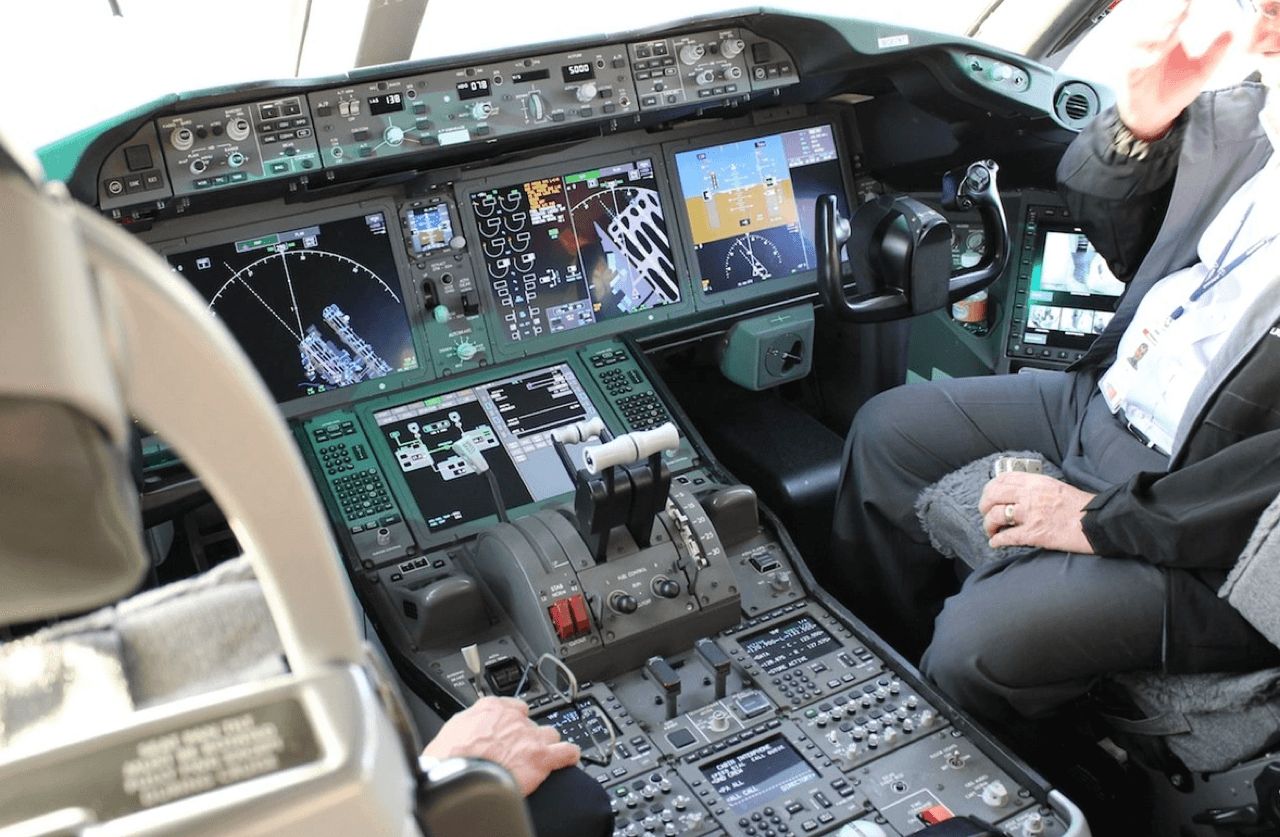
At the same time, when the engine stops working (due to fuel not being delivered to the engine), a small fan blade called a ram-air turbine (RAT) automatically deploys in case both engines fail. The RTA protrudes from the fuselage of the plane during takeoff. CCTV footage from the airport captured the small generator in action. The RAT provides backup power to support critical systems, but it is unable to generate thrust. Because the plane is only a few hundred feet above the ground, the speed is too low for the RAT's blades to catch wind and work at full power to restart the engine. At 1:39:32 PM, Flight 171 crashed into a residential building, causing a fireball to engulf the building.
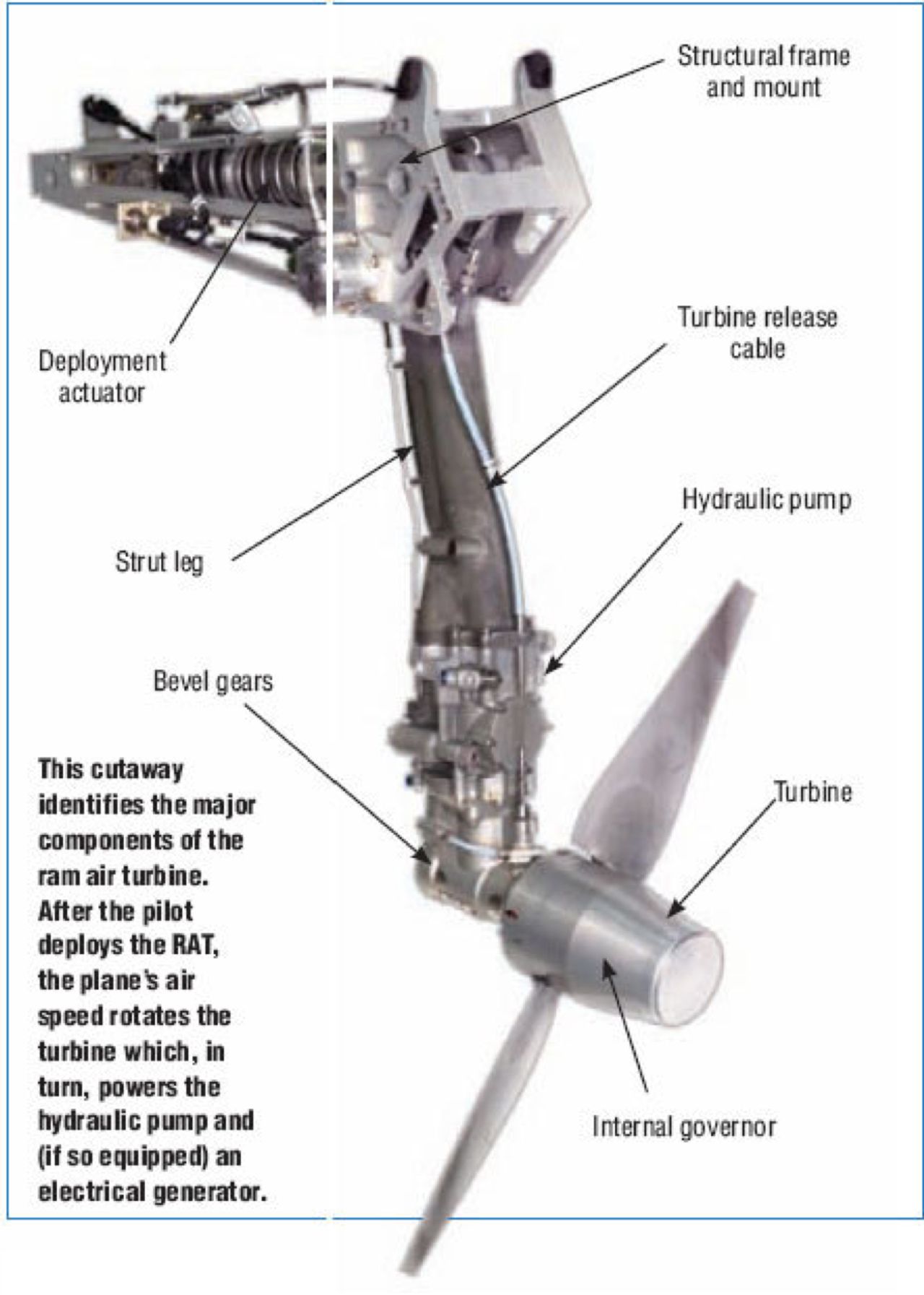
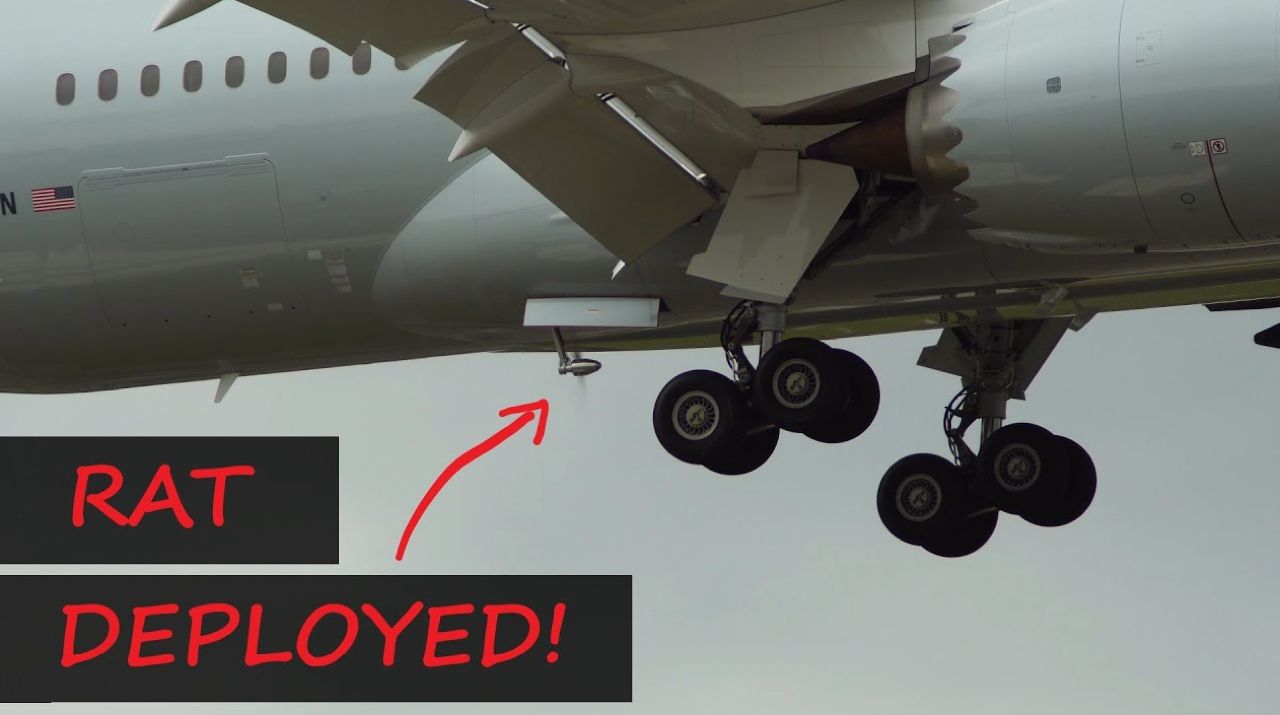
Describe the operation of the Ram Air Turbine or RAT.
It is a hydraulic piston that is driven by the rotational force of the blades as the airflow passes through and is positioned under the aircraft. The operation of the blade shaft in the Ram Air Turbine system will start to spread as soon as the engine stops during the flight to help keep some of the important hydraulic systems working and have enough power to move the control surfaces that are important for controlling the flight attitude so that the aircraft can continue to glide even without engine power. The small blades attached to the shaft under the Boeing 787 are powered by the wind that hits the small blades to generate electricity and supply the important hydraulic systems for controlling direction and altitude.
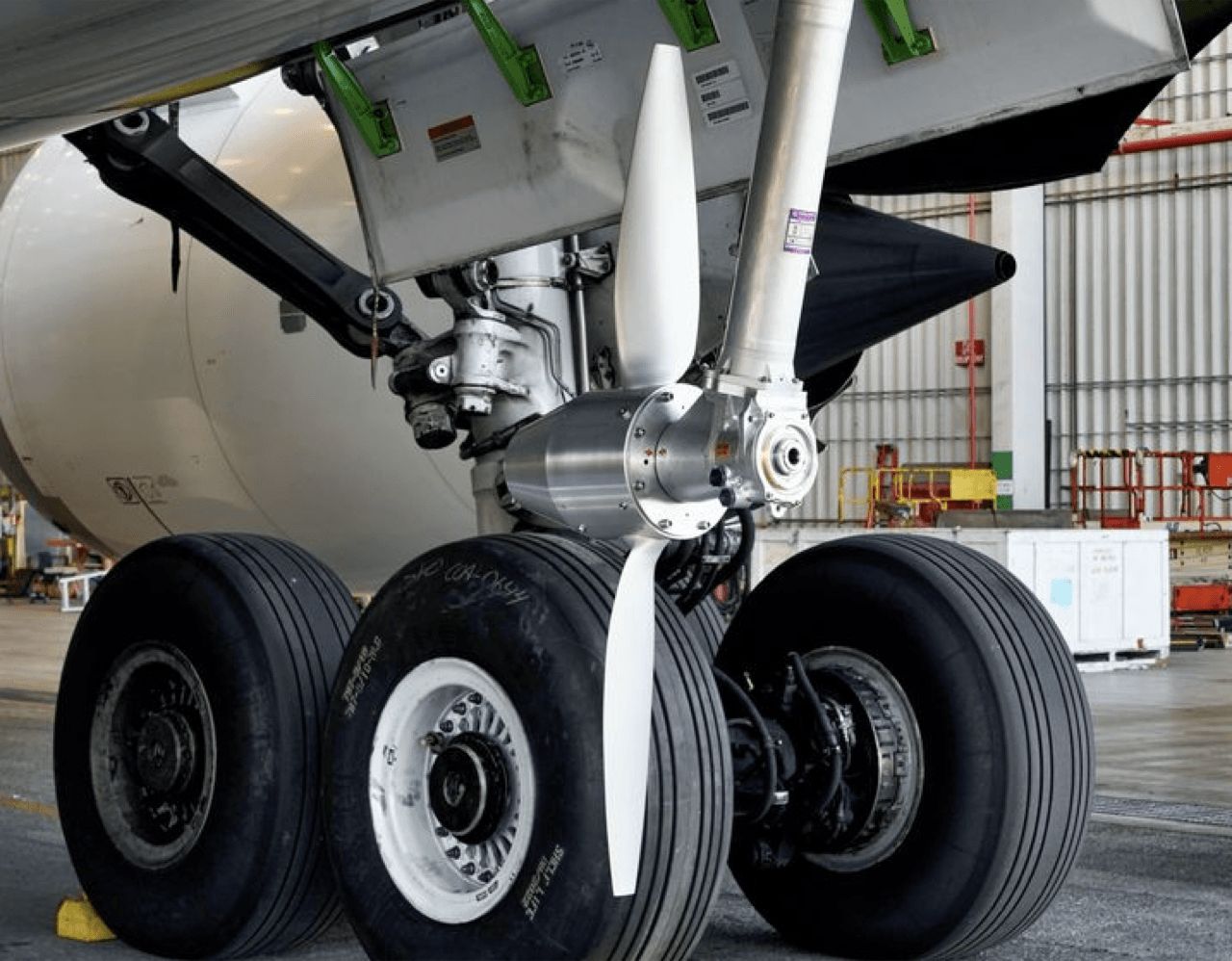
The Ram Air Turbine was the plane’s last resort when all the engines were shut down. The AAIB’s initial report, which ran for dozens of pages, collected data from the plane’s badly damaged black boxes, one at the front and one at the back. The aircraft’s data recorders, designed to withstand temperatures and hundreds of G’s of force, contained memory chips that recorded flight data. The U.S. National Transportation Safety Board (NTSB) provided specialized equipment to recover data from the burned-out boxes. The investigation focused on the fuel control switch, with three main theories being investigated.
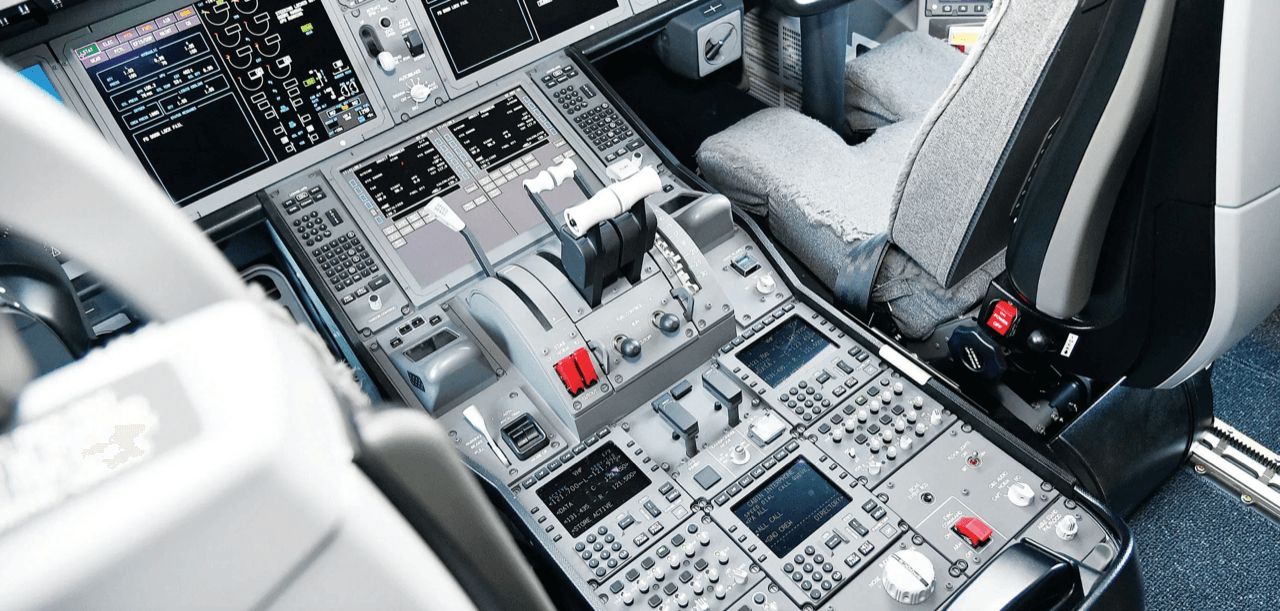
Human action: Did one of the pilots intentionally or unintentionally move the switch?
No fully conscious pilot would do such a thing.
These switches require deliberate effort or intention to be lifted and moved over a specially designed barrier, not a light switch that can be accidentally turned on or off,” Captain Saurabh Bhatnagar, a former senior Air India Express flight attendant, told NDTV.
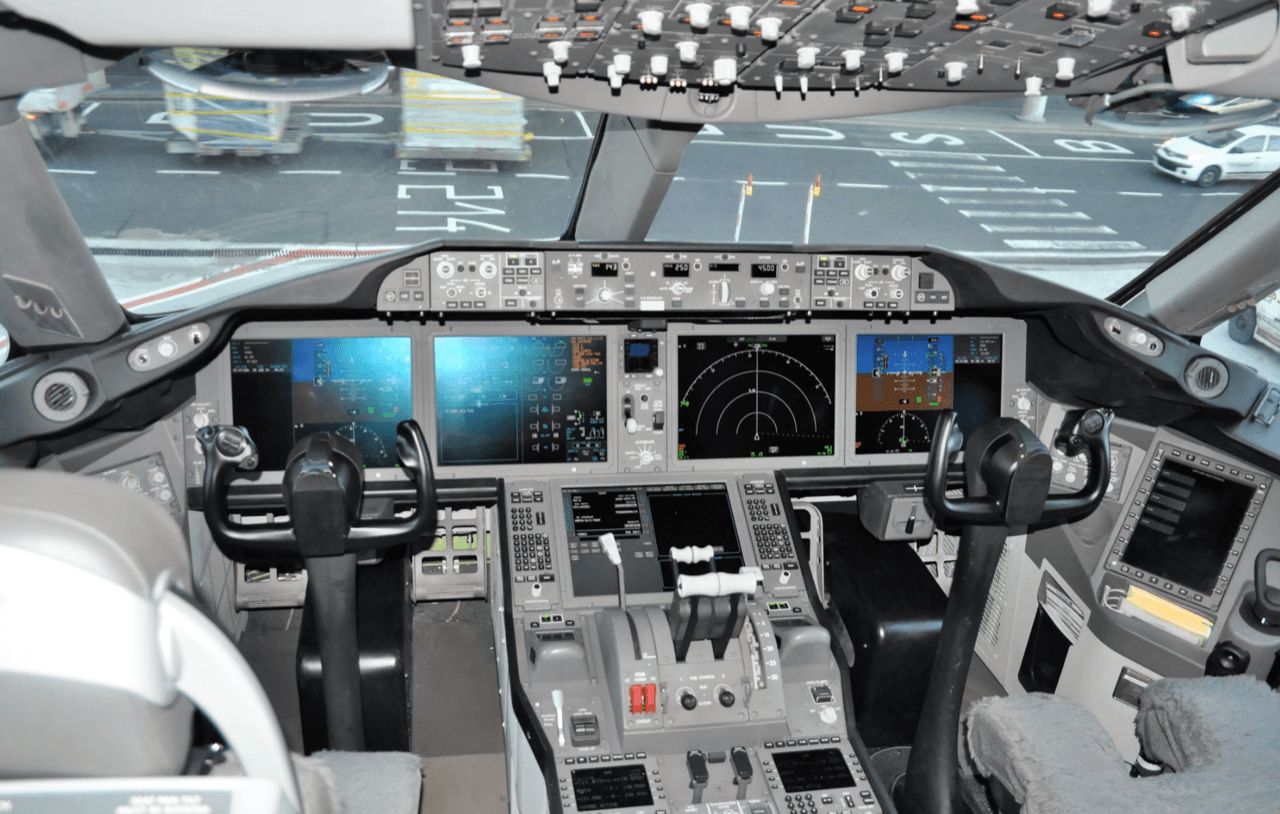
Mechanical failure: Could the fault have caused the switch to move freely? External factors: Could the fuel flow have stopped even though the switch was still in the "RUN" state? The report found no evidence to suggest this. AAIB ruled out other factors, with no birds found within the takeoff radius, which contradicts the bird strike theory.
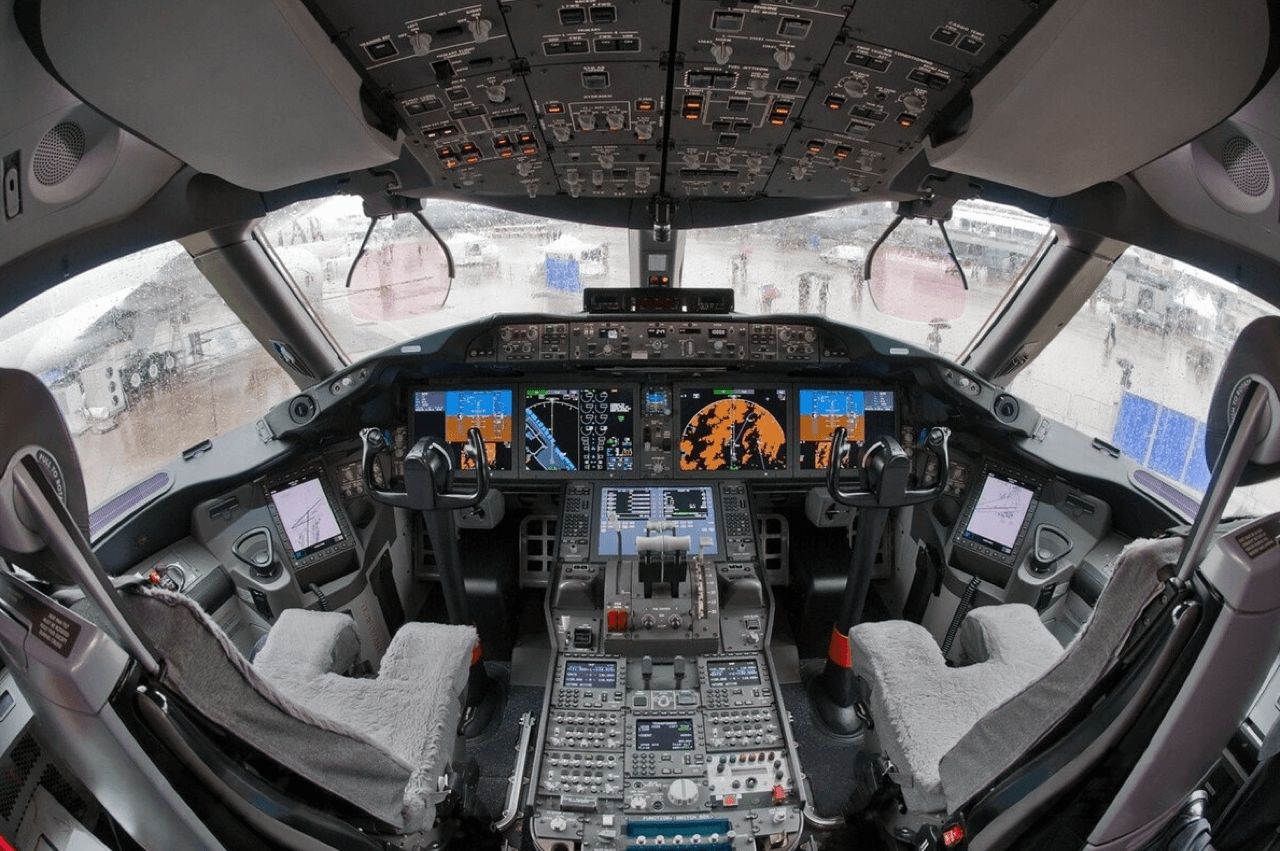
The Auxiliary Power Unit (APU), a small jet engine mounted at the rear, was firing and attempting to automatically restart the engine to help get it running again, but the altitude left nothing to be desired and the 787 was forced into a corner, crashing violently into the building. Importantly, the report said,"There is no evidence to suggest that sabotage was the cause of the Air India crash."

